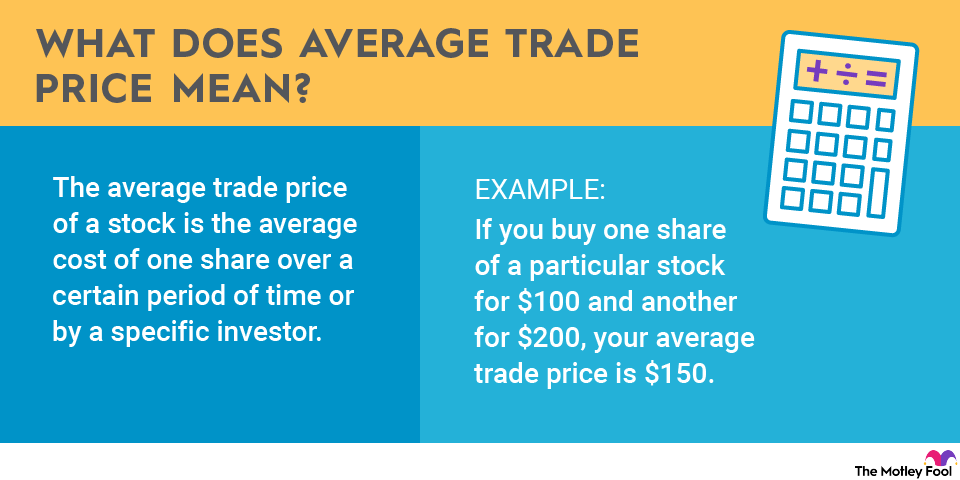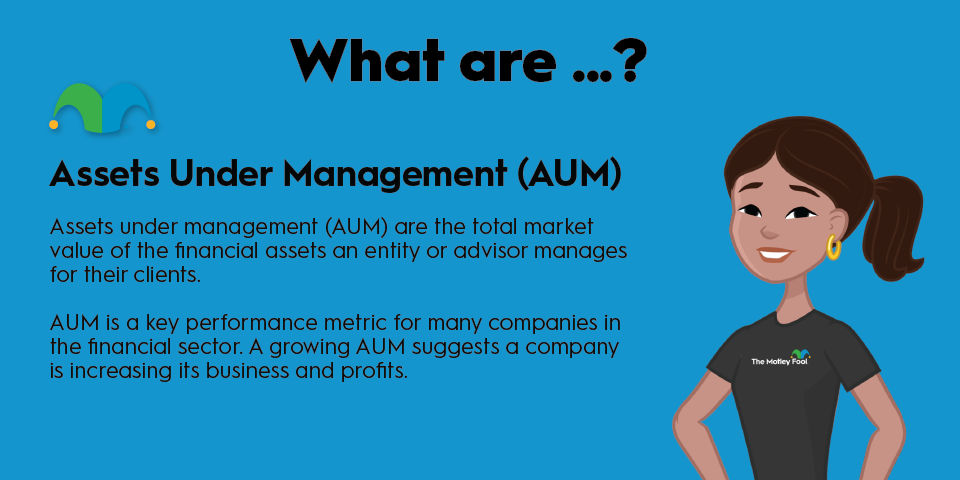Amortization of loans
Amortization schedules and amortization of loans, on the other hand, refer to how a loan is paid down over time. Like with the amortization of intangible assets, the value of a thing -- in this case, your loan -- decreases over time. But unlike with the amortization of intangible assets, you can’t use this as a write-off. You theoretically gain free equity with each payment, which is almost the opposite of amortization of intangible assets, where the remaining value is lost with each passing term.
In the amortization of loans, you’ll generally have a payment that’s fixed, with interest and principal payments that change over time. With mortgage loans, interest is front-loaded so that each payment is equal. Otherwise, you’d have various-sized payments, with very high payments in the beginning as the interest would be higher on the larger principal, and decreasing payments over time. Instead, they’re calculated on a constant payment method that allows you to gain equity more quickly without having to actually pay a bigger payment at any point.
However, not all mortgages or loans fully amortize, meaning that the final payment doesn’t represent your having paid the entire amount due. In these cases, there will be a balloon payment due (a large lump sum payment). A partially amortizing loan can be A nightmare for homeowners or companies that are unprepared.
Negatively amortizing loans are far worse, though. These loans allow you to pay less than the interest that’s accruing. The balance grows over time so that you owe as much or more than you borrowed at the end.
Related investing topics



















